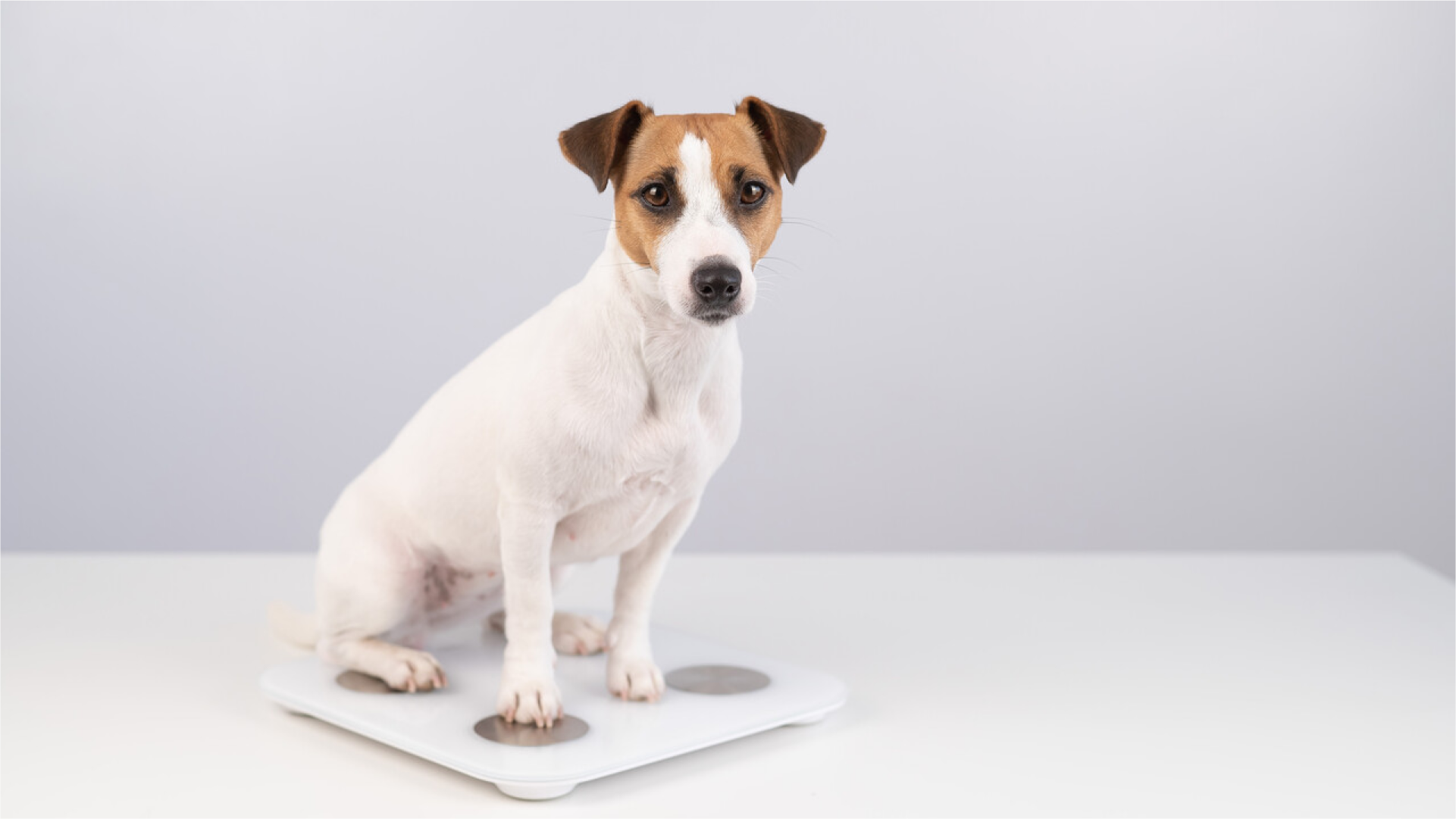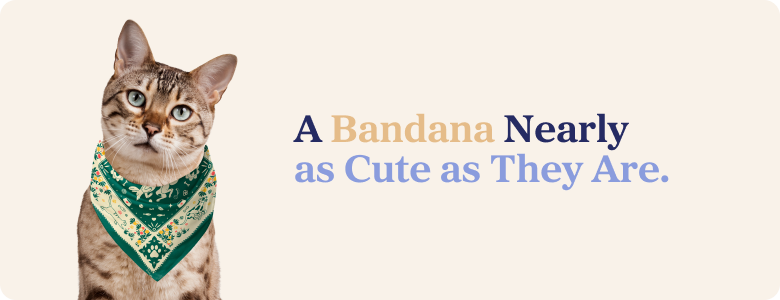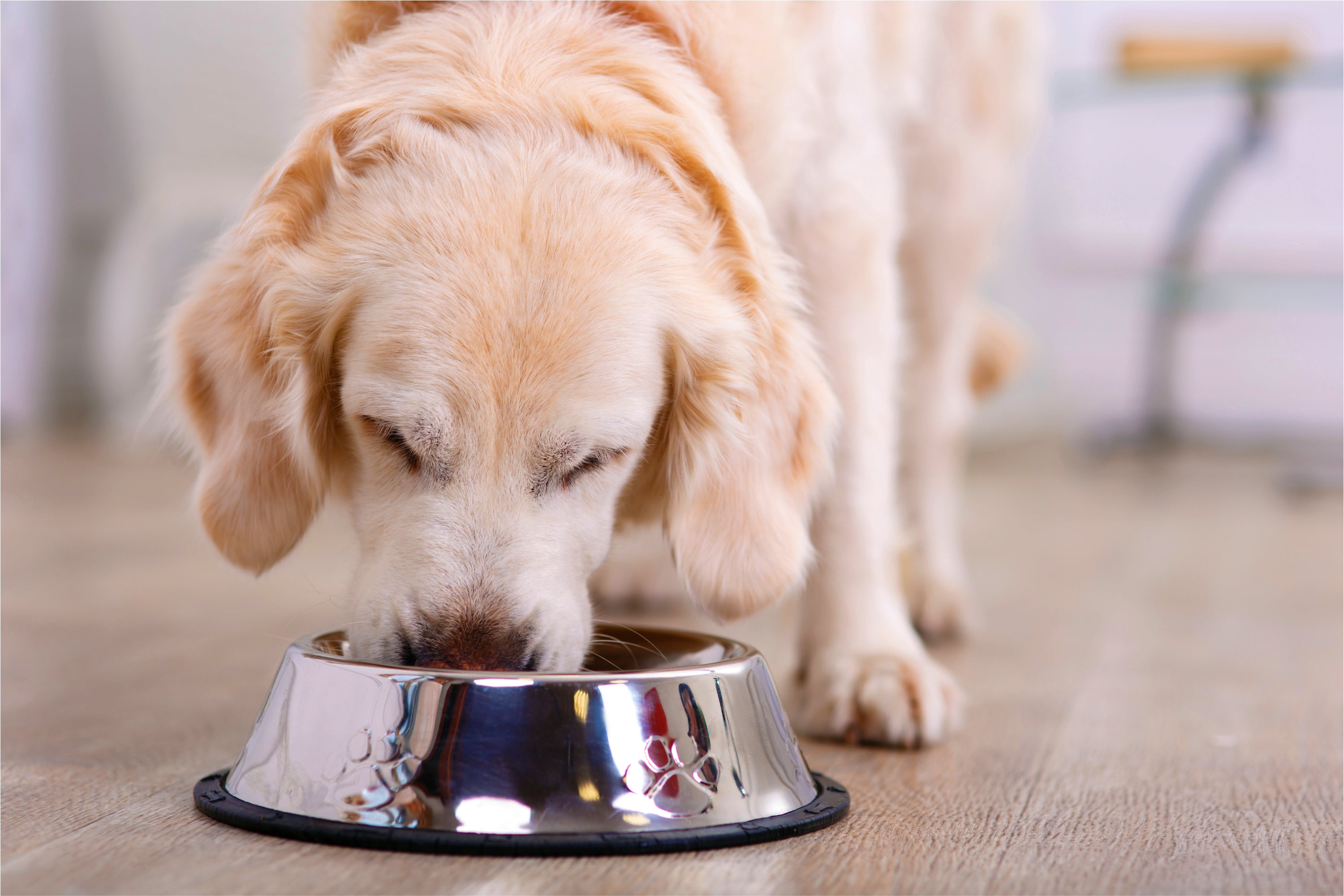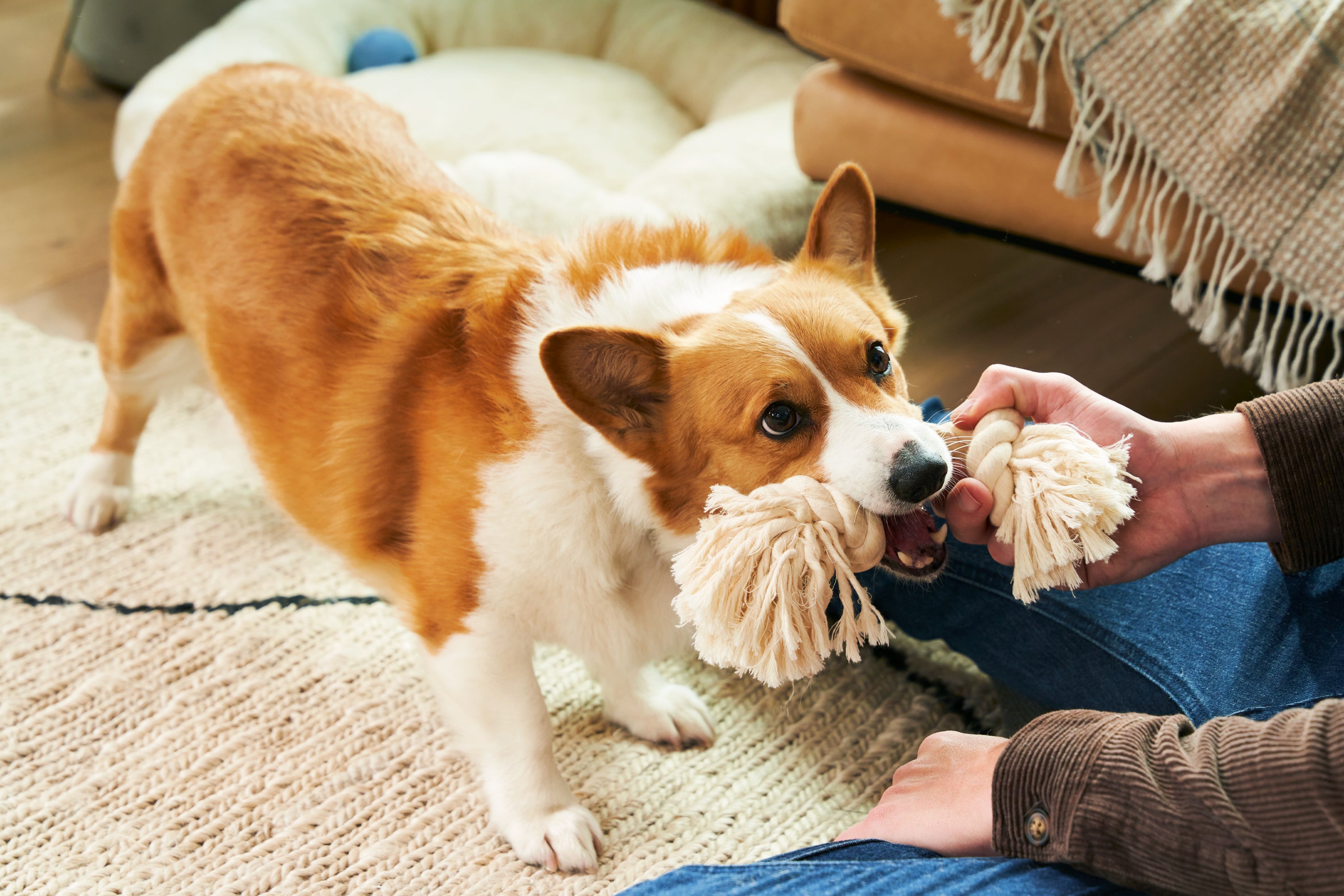
Don’t Let Pet Obesity Sneak Up on You
Our pets are family, so we jump through hoops to make sure they have all they want and need. We'd hate to leave your furbabies hungry or wanting for more, so we tend to pile on the kibble to make sure they're well-fed. However, pet obesity has become a widespread problem across the country, and your pet may be suffering the consequences.
Pet Obesity is on the Rise
Pet obesity is a sneaky problem, and you might not even know that your pet is suffering. According to a 2023 survey by the Association for Pet Obesity Prevention (APOP), only 28% of cat owners and 17% of dog owners knew that their pets were obese, and 70% of cat owners and 84% of dog owners considered their pet's weight to be healthy. However, when we take a closer look, we see these numbers don’t match up with reality, and unfortunately, most pet parents are unaware their pet could be on the heavier side.
Lack of Awareness
“Over the past two decades, we have consistently observed a significant discrepancy between the prevalence of pet obesity and pet owners' recognition of this issue,” said Dr. Ernie Ward, APOP Founder and President.
The 2023 APOP survey found that 84% of dog owners and 94% of cat owners believe pet obesity is a serious problem, yet only 43% reported that their vet annually consulted them on what a healthy weight looks like. This could suggest that there may be a knowledge gap where pet parents know pet obesity is a problem but might not know that their pet is at an unhealthy weight.
“Pet owners reporting that ‘pet obesity is a problem, but not for my pet’ continues to be a communication hurdle for veterinary professionals. While the causes of obesity in animals are multifactorial, awareness of an unhealthy body condition is the first step in treating the disease,” Ward said.
If you’re not aware of the problem, the negative effects of obesity can catch you and your pet by surprise.
Increased Health Issues
Even though a plump cat or dog can be cute, generally a lean pet is a happy pet. Obesity can cause health problems in your pet, and it can make existing issues worse. For example, it can put your pet at a greater risk of cancer, diabetes, heart disease, respiratory issues, and high blood pressure.
Much like it is with humans, obesity causes increased insulin resistance and impaired glucose metabolism in cats and dogs. For cats, this resistance can lead to feline diabetes. On the other hand, a dog’s pancreas is able to handle the increased insulin demands better, making diabetes less likely. However, increased insulin resistance may put your dog at risk of developing pancreatitis.
Recent studies have also shown a link between obesity and a predisposition toward certain types of cancer. It's important not to ignore this link as the number of dogs with cancer has increased in recent decades.
Studies have shown obesity in dogs to be associated with a shorter lifespan of up to 2½ years.
How to Prevent Pet Obesity
Now that you know all the stats, you may be wondering what you can do to manage your pet’s weight. It’s vital to know exactly how much food your pet needs to avoid feeding them too much or too little.
An appropriate diet for your pet begins at the food bowl, and the best way to avoid overfeeding your pet is to monitor their calorie intake. Consider factors like their breed, age, weight, activity levels, and whether they’re spayed or neutered when measuring their food. These factors will help you calculate how many calories they need every day, so you’re not left having to guesstimate their portion sizes.
And don’t forget the treats! Treats are another crucial part of your pet’s diet. As hard as it may be, reducing the number of treats you give them can also help cut back the calories.
Setting consistent mealtimes can also help simplify your pet’s meals. They quickly learn when food is available and when it’s not, which can help reduce begging behavior outside of mealtimes.
One of the most important factors in preventing pet obesity is helping your pet exercise. This can be as simple as taking your pets for a daily walk, which is a win-win solution because we get to exercise together with our pets. You can also take your pet with you to swim, run, or outside to enjoy a game of fetch.
As with any pet health-related issues, it’s important to consult with your vet to find the best food and exercises that are safe and healthy for your pet. Your local veterinarian is a vital resource to help you keep your pet healthy and keep those tails wagging.
Prioritize Your Pet’s Wellness
With pet obesity on the rise, it’s more important than ever to monitor your pet’s calorie intake and keep them active. At Pawsync, we’re here to help with our convenient Feeding Calculator that can help you determine how to properly feed your pet.


